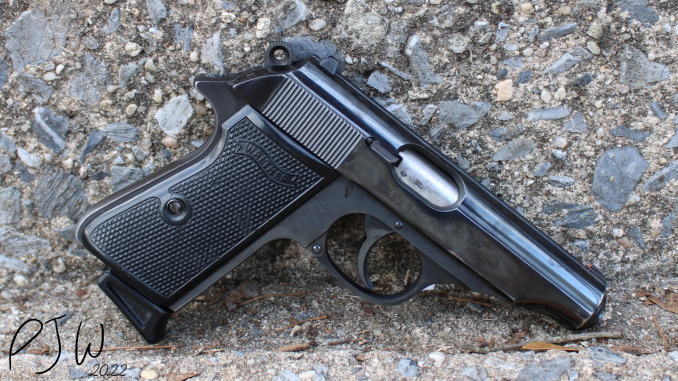
I love .32 ACP. It’s a light recoiling, fun cartridge with a cool history. I also believe the Walther PP to be one of the best guns chambered in the caliber. What’s the history of the venerable PP, and how does it shoot in the modern era?
The History of the Walther PP
Carl Walther GmBH formed as a company in 1886. Production in the late 19th century was exclusively hunting guns, however that would change by 1908. Handgun production began just before World War 1 broke out, but the Walther designs were crude, and often unreliable. Some handguns, such as the Model 4, did well, but were far from a mature design. That changed with the PP.
The Walther Police Pistol (PP) would release in 1929, and become Walther’s best selling design. The PP is a double action/single action(DA/SA) hammer fired gun, and operates using a fixed barrel blowback design. It is an all steel construction, aside from the plastic grips. The simple design meant easier production, and easier maintenance for the end user.
The handgun was much more ergonomic than prior Walther designs too. With the magazine release on the side of the frame, and a slide mounted safety, grip and ease of use was made better. While the PP is not a large gun, it offers plenty of space to get both hands on it.
The PP was adopted by many police agencies in Europe, and would go on to be an officer sidearm in many nations. The PP was deemed to be a good police sidearm, until the 1972 Munich Olympics Massacre. Post massacre, newer 9mm designs were asked for, leading to the Walther P5, SIG P6, and H&K P7. That’s a story for another time though. Production of the PP ran from 1929 to 1986, with many police agencies still using them through the 1990s.
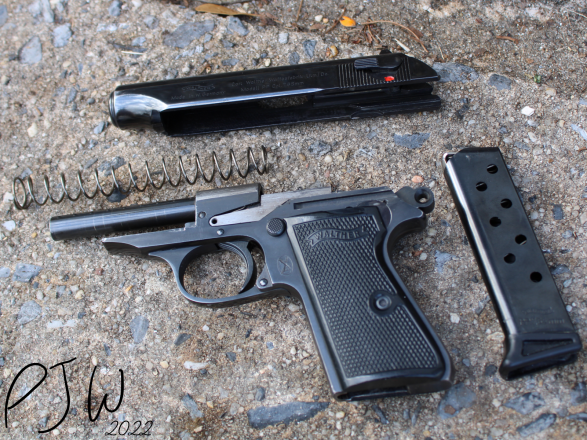
With the popularity of the PP, there were bound to be some variations. What were the prominent ones?
Variants of the Walther PP
While the PP was popular, the PPK is more widely known to the public. The Police Pistol Kriminal (PPK) is a shortened version of the PP, with a smaller slide and grip length. Meant as a gun for undercover cops and detectives, it grew to popularity over the years. A certain MI6 agent favors it too. Unfortunately, the .32 ACP models of the PPK are no longer in production, so they demand a pretty penny. You can still get them in .22 LR or .380 ACP, but I’d prefer a .32.
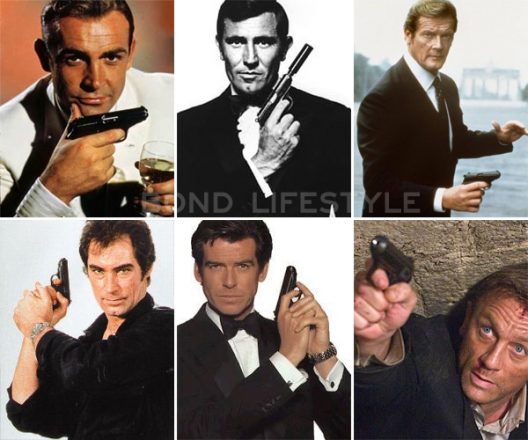
Another popular variant is the PPK/s. This model was a combination of the PP and PPK, for import to the US. The PPK/s uses a full size PP frame, with a shortened PPK slide. Kind of like the Glock 45 of Walther PPs. Many PPK/s models were made by Smith & Wesson, and are still made domestically in the USA by Walther.
While not a variant, the Russian Makarov PM is a Soviet copy of the PP. The takedown and control layout are very similar, aside from a few differences. Certainly better than a Tokarev!
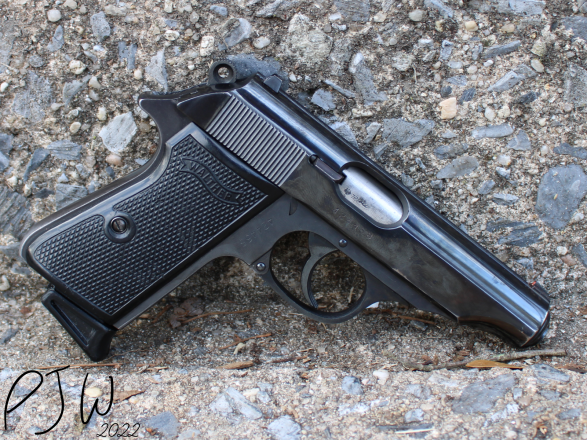
An interesting thing about the PP was the production location. Pre-WW2 and wartime production guns were made in Germany, at the Walther factory. However, all post-WW2 produced PP’s were made by Manurhin of France. There are Manurhin rollmarked guns and Walther rollmarked guns, but all were made by Manurhin. Dan’s PP is a Manurhin rollmark, but mine is Walther.
Some Intricacies of My PP
I purchased my PP from Simpson LTD back in October of 2021. Simpson LTD was a great vendor to deal with, and I got a fairly good deal on my PP. The gun arrived in excellent shape, with a factory plastic box from the 1970s. This specimen is a 1972 production gun, and was formerly a Bavarian Police issued gun, based on the stamping on the frame. However, there was something strange about the gun.

The grips. My gun came with fake grips. “Waltheb”, rather than “Walther” on the flag. Even more baffling, the grips are not plastic like other PP grips, but rather are made from aluminum, or a similar non-magnetic metal. I canvased Simpson LTD for answers, even hit up the Walther Owner’s Forum. No dice, couldn’t find out where the aftermarket grips came from. After a hearty chuckle in realizing that I had one-of-a-kind grips, I ordered a pair of original plastic ones.
My PP has slightly taller, I-Dot sights. Similar to a Beretta M9, the rear sight has a vertical white line, and the front sight has a white dot. Pretty cutting edge for the 1970s. Along with the sights, the PP has anti-glare checkering on top of the slide. This leads to better shooting characteristics, and quicker sight acquisition.
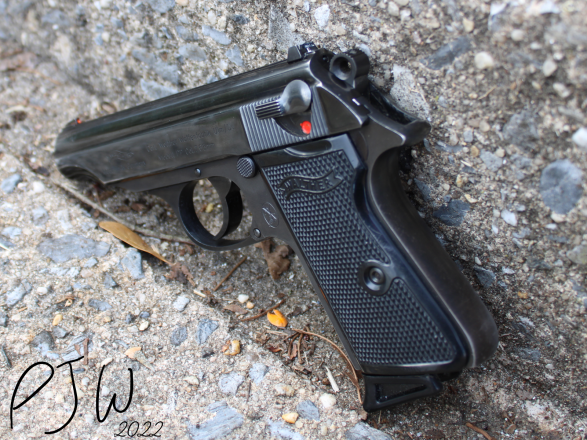
Aside from my slightly better sights and phony grips, my PP is pretty standard. How does it shoot?
Shooting the Walther PP
I had never shot a PP prior to buying mine last Fall. Since then, I’ve sent about 850 rounds downrange through mine.
The PP is easily my favorite handgun to shoot recreationally. The recoil impulse is soft, and the gun feels excellent in the hand. .32 ACP is already a soft shooting cartridge, but the ergos and weight of the PP make it even more pleasant. If you’ve got large hands, you may get some minor slide bite, but it is very minor.
The trigger is something. The DA pull is quite stout, at about 12 pounds on my gun. The SA pull is much lower, hovering in the 4.75-5 pound range. Both are quite smooth, but the heavy DA pull takes some learning to get the feel of. Shooting drills with this is challenging, but fun.
The slightly better sights make shooting accurately and fast a relative breeze. They are still worse than modern irons or an optic, but they are pretty nice for a gun of this size. The checkering on top of the slide does help to reduce glare, but a coat of paint on the rear and front sight helped too.
Reliability was quite good. I have had about a dozen light primer strikes, but that seemed to be ammo (S&B for reference) related rather than a gun issue. One stovepipe occurred around the 600 round mark, but I hadn’t cleaned the gun which (presumably) caused it. The PP comes from a time where guns did need to be cleaned more often, and the blowback action does make a mess.
I just love shooting this gun. 850 rounds is a lot of ammo to throw through an 8 round capacity gun in this period of time, but I did not feel like I had to force myself to do it.
Final Opinion on the PP
I love the PP. It is an attractive, classy, and cool gun. It fires one of my favorite rounds, is accurate, and is mostly reliable. However, there is a factor that might be a deal breaker: Price.
The PP is not a cheap gun, nor is it super expensive. I paid $700 for mine, but it came in pretty excellent shape, and with the factory box. I’ve seen more chewed up ones going for less, and more premium ones/WW2 production guns going for much more. If you want a PPK in .32, brace for impact. Those ended production long ago, and the cheapest ones I see run about $2000. That’s a lot of money for a range toy.
On top of that, buying PP or PPK magazines isn’t a cheap endeavor (in .32). I paid an average of $40 per Mec-Gar magazine, which does add up fast.
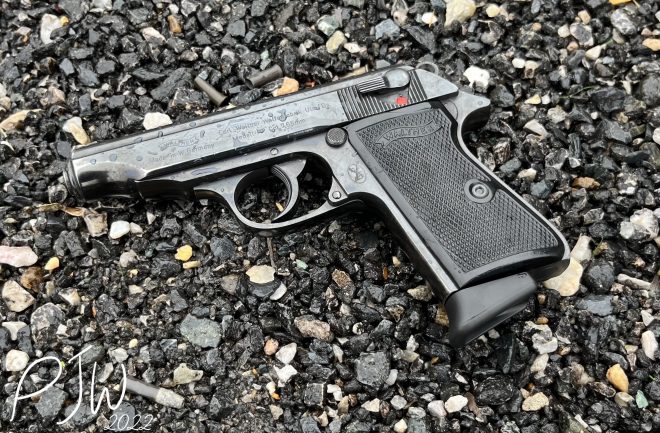
With all of that being said, you can still get new production PPK and PPK/s in .22 LR and .380, which may help to fill the niche. The .380 guns are pretty harsh to shoot, but the .22s should be very fun. I’d still recommend trying to track down a PP in .32 while they are still available. My only gripe with the PP is that it made me realize that I like it a lot more than my other .32 ACP handguns.
Linked below is a playlist to my “The Test” drills shot with the Walther PP.
Further Reading & Patreon Link
If you enjoyed my article on the Walther PP, check out my history pieces on a few other noteworthy German handguns:
If you’d like to support me on Patreon, I’ve got the link for that here. Nearly everything that I do on Primer Peak is paid for out of my own pocket, and my content is not shilled or driven by manufacturers or companies. If you decide to donate, I’d really appreciate it, as it would allow for me to continue to bring you quality work.


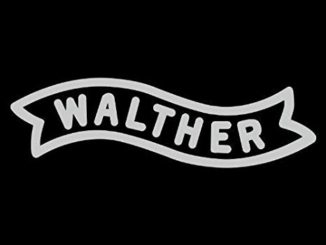

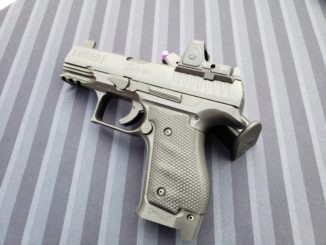
I am buying a Manhurin in about 98% condition. The pistol cost me $799.00 + transfer costs. (This makes it a pre-’86 French model).
This pistol is one of the best.32 Auto pistols ever manufactured. I plan on keeping it waxed and polished to carry in a shoulder holster and using a Kel Tec P32 as a deep concealment backup.
Hello Paul, you wrote that all post-WW2 produced PP models were made by Manurhin. That isn’t the case. In mid ’80s, the French-German cooperation came to an end. All PP models made between 1986 and 1999 were entirely made in Walther’s plant in Ulm, Germany.